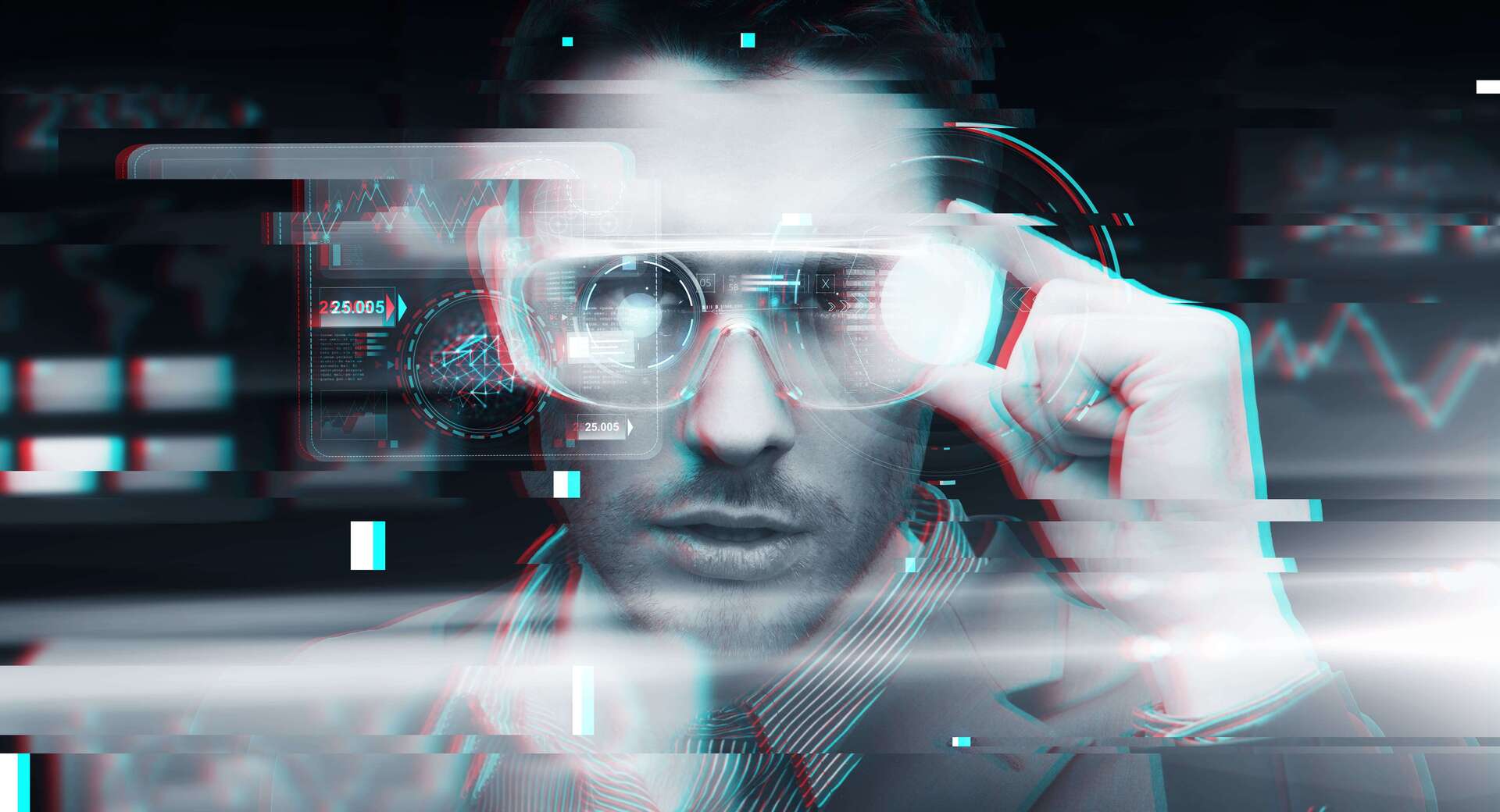
FAQ About Augmented Reality
Augmented Reality
2 years ago | gizem
How is Augmented Reality being used in the automotive industry?
Augmented Reality (AR) is being used in various ways within the automotive industry to enhance the driving experience, improve safety, streamline manufacturing processes, and facilitate vehicle maintenance. Here are some applications of AR in the automotive industry:
- Heads-Up Display (HUD): AR-powered heads-up displays project relevant information, such as speed, navigation instructions, and vehicle diagnostics, directly onto the windshield or a transparent display in the driver's field of view. This allows drivers to access critical information without taking their eyes off the road, enhancing safety and reducing driver distraction.
- Navigation and Wayfinding: AR-based navigation systems overlay virtual directions and real-time route information onto the driver's view of the road. This helps drivers navigate unfamiliar routes more easily, providing visual cues and turn-by-turn directions. AR navigation can also include points of interest, real-time traffic updates, and safety alerts.
- Virtual Showrooms and Test Drives: AR enables automotive manufacturers and dealerships to create virtual showrooms and offer virtual test drives. Customers can use AR applications on their smartphones or AR glasses to visualize and interact with virtual car models in a realistic manner. This allows customers to explore different configurations, colors, and features without the need for a physical vehicle.
- Design and Prototyping: AR is used in the automotive design and prototyping process. Designers and engineers can visualize and evaluate 3D models of vehicles in the real world using AR. This allows them to assess design aesthetics, proportions, and spatial relationships before physical prototyping, enabling faster iterations and reducing costs.
- Vehicle Maintenance and Repairs: AR can assist technicians in performing vehicle maintenance and repairs. AR applications provide step-by-step instructions, visual overlays, and diagnostic information to guide technicians through complex repair procedures. This improves efficiency, accuracy, and reduces the need for extensive manuals or training.
- Manufacturing and Assembly: AR is used in automotive manufacturing processes to improve assembly line efficiency and quality control. AR can provide real-time visual instructions and overlays to guide workers during assembly, ensuring accurate component placement and reducing errors. It can also assist in quality inspections and provide real-time feedback on manufacturing processes.
- Augmented Training and Simulations: AR is used for training automotive technicians and workers. AR simulations and training modules provide interactive and immersive learning experiences, allowing trainees to practice tasks in a virtual environment. This reduces training costs, improves learning outcomes, and ensures standardized training across different locations.
- Safety and Driver Assistance: AR is employed in advanced driver assistance systems (ADAS) to enhance safety and improve situational awareness. AR overlays can display warnings, alerts, and collision avoidance information directly in the driver's view, helping to prevent accidents and improve driving behavior.
